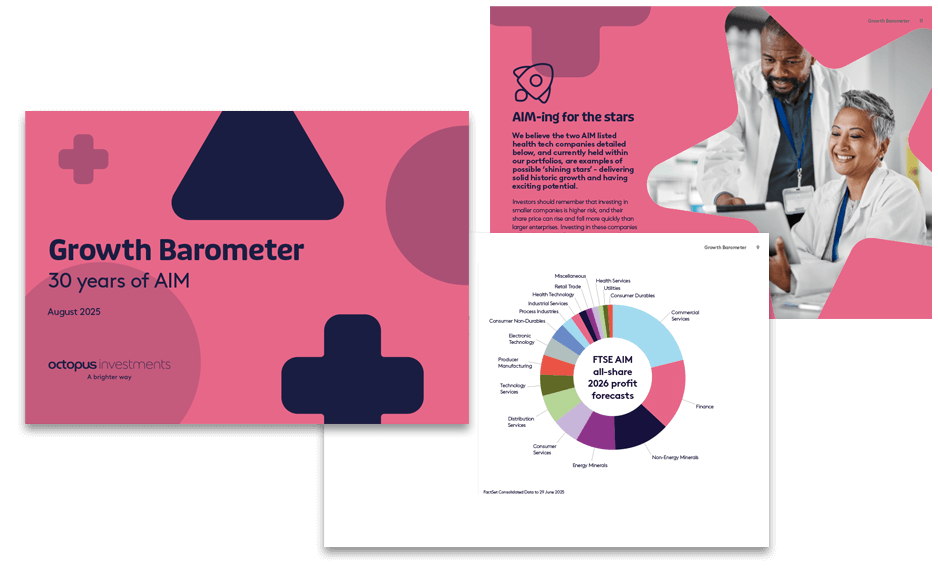Estate planning is a crucial aspect of financial management, and gifting can be a powerful tool within this strategy. By transferring assets during one’s lifetime, individuals can reduce the taxable value of their estate, potentially lowering inheritance tax liabilities. This approach not only benefits the giver but also offers recipients immediate access to resources or assistance that can enhance their financial well-being.
In principle, gifting is a straightforward concept however, in practice, the rules around making a gift can be rather complex, and the effectiveness of them rests on some key points.
Understanding the benefits
Gifting allows for the distribution of wealth in a controlled manner, ensuring that assets are passed on to the intended beneficiaries. It can also help in managing family dynamics by providing financial assistance when it is most needed.
Ask Octopus
Do you have a question about inheritance tax and estate planning?
Use our free helpdesk to Ask Octopus

Strategic considerations
When advising clients on gifting, it’s essential to consider making full use of allowances and exemptions. Advisers should be aware of the annual exemption limits and other IHT reliefs that can apply to gifts. For instance, the annual gifting allowance permits up to £3,000 in total each year to be given without incurring inheritance tax.
Additionally, larger gifts can be exempt from inheritance tax if they meet certain criteria, such as being made more than seven years before the giver’s death. This is known as the potentially exempt transfer (PET) rule, which become completely free from inheritance tax if the giver survives for seven years after making the gift.
Additionally, gifts made out of surplus income can be exempt from inheritance tax, provided they do not affect the giver’s standard of living.
Precision in timing
The timing of gifts is crucial. Certain gifting allowances are only applicable per tax year, so clients should consider whether it is worth delaying or accelerating gifts to meet their goals. For example, the timing of potentially exempt transfers (PETs) or transfers into trusts can significantly impact the inheritance tax due on death. If a PET is made before a chargeable lifetime transfer (CLT), the amount of inheritance tax due can differ compared to if the PET was made after the CLT.
Potential pitfalls and solutions
While gifting can be advantageous, it is not without risks. Advisers must ensure that clients understand the implications of reducing their estate and the potential impact on their financial security. Additionally, once a gift is made, the giver loses ownership and control of that wealth, which should be a consideration. If a client wants to keep access to the asset after gifting this may be ineffective for IHT as the asset should be treated as part of the client’s estate.
However Trusts can be used to retain some level of control over gifted assets, but this may give rise to inheritance tax charges at the time of transfer and if death occurs within seven years.
Something else to consider here is Business Relief (BR), particularly if you have clients comfortable with high-risk investments.
BR investments offer both access and control, while also delivering inheritance tax relief in just two years. If the client later decides to pursue a gifting strategy, this remains an option with BR. Unlike non-BR qualifying gifts, a BR gift can still qualify for IHT relief—even if the donor passes away within seven years or if the gift is made to a trust.
If you would understand some of the nuances of gifting strategies please use our free helpdesk to Ask Octopus.









